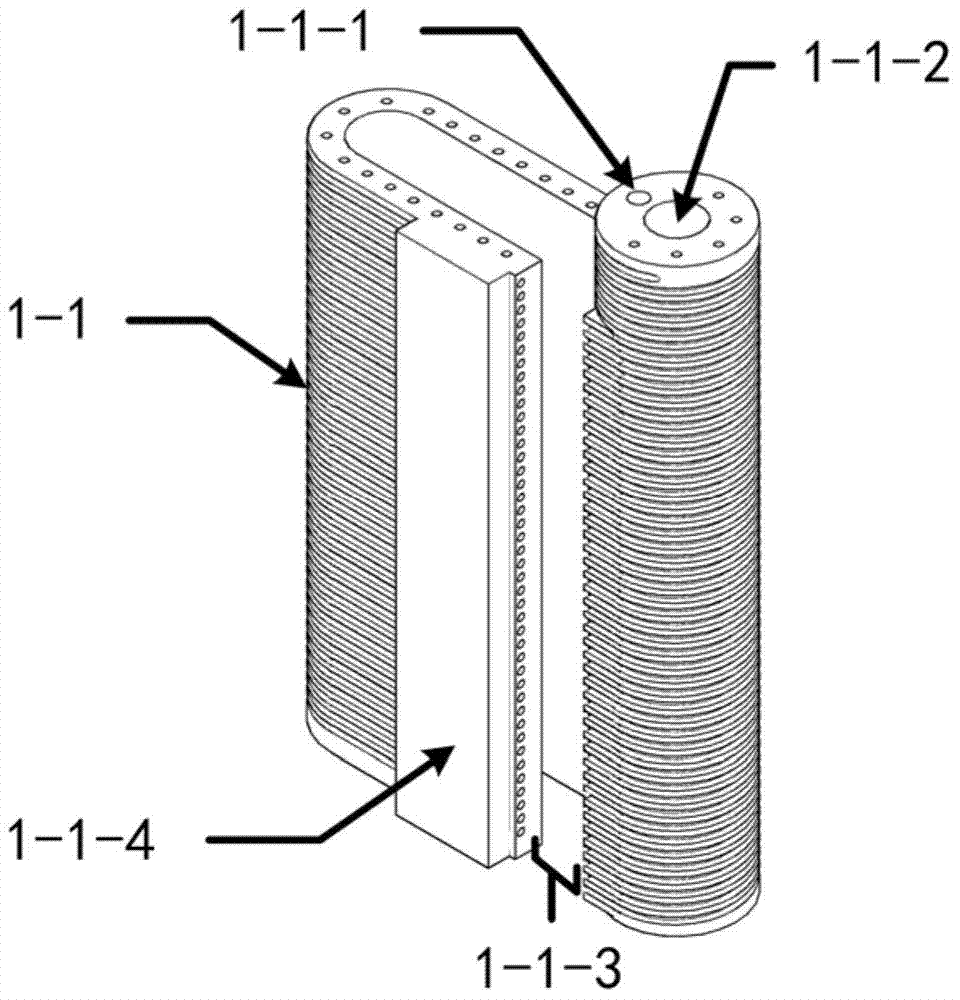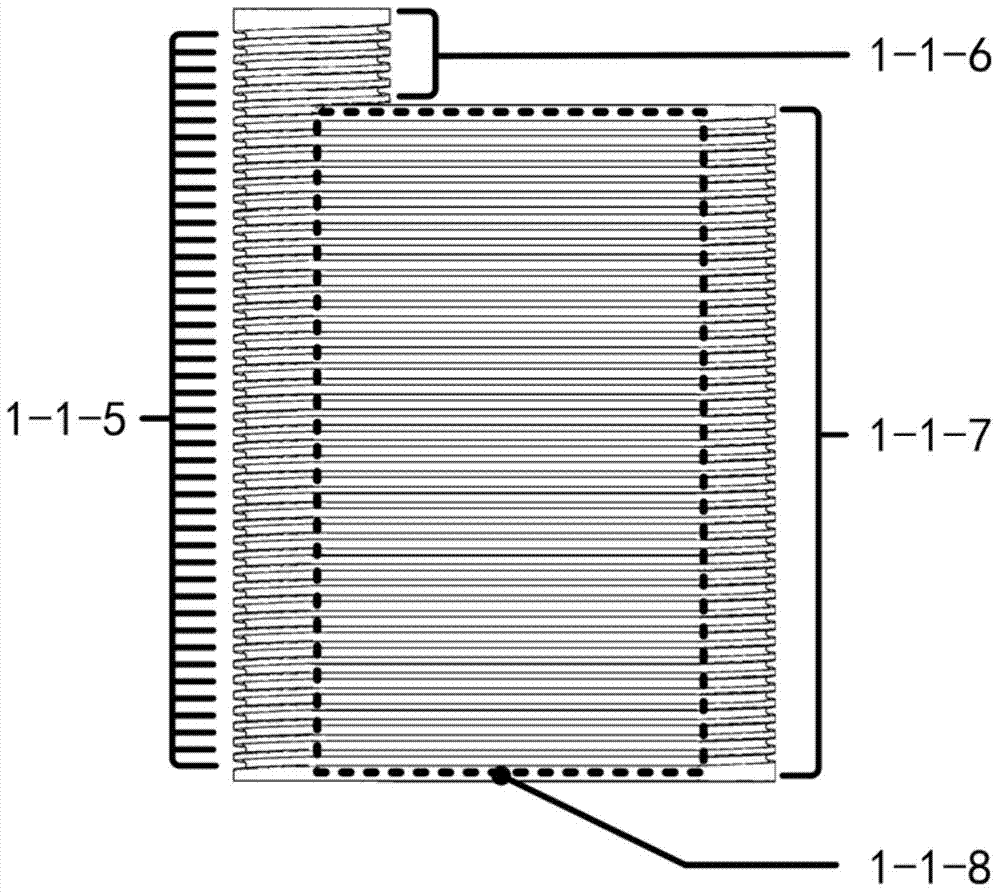Handheld point-of-care testing (POCT) flow type gene analysis system
A gene analysis, handheld technology, applied in the field of handheld POCT flow gene analysis system, can solve the problems of insufficient integration, rising cost, lack of online analysis ability, etc.
- Summary
- Abstract
- Description
- Claims
- Application Information
AI Technical Summary
Problems solved by technology
Method used
Image
Examples
Embodiment Construction
[0068] The present invention will be further described in detail in conjunction with the accompanying drawings and specific embodiments.
[0069] The hand-held POCT flow gene analysis system is used for on-site high-speed nucleic acid amplification, real-time quantification and product melting analysis, etc. system and a rechargeable battery pack.
[0070] 1. The structure of the thermal gradient microreactor is:
[0071] The thermal gradient microreactor is designed and manufactured in response to the following requirements: (1) By maintaining a single heating element at a certain temperature to generate the necessary temperature zones required for PCR thermal cycles and simultaneously forming a linear temperature for spatial melting curve analysis Gradient interval to achieve high integration of functions; (2) Eliminate the need for thermal insulation between temperature zones in the previous design of independent constant temperature zones, and realize the compactness and ...
PUM
 Login to View More
Login to View More Abstract
Description
Claims
Application Information
 Login to View More
Login to View More - R&D
- Intellectual Property
- Life Sciences
- Materials
- Tech Scout
- Unparalleled Data Quality
- Higher Quality Content
- 60% Fewer Hallucinations
Browse by: Latest US Patents, China's latest patents, Technical Efficacy Thesaurus, Application Domain, Technology Topic, Popular Technical Reports.
© 2025 PatSnap. All rights reserved.Legal|Privacy policy|Modern Slavery Act Transparency Statement|Sitemap|About US| Contact US: help@patsnap.com



